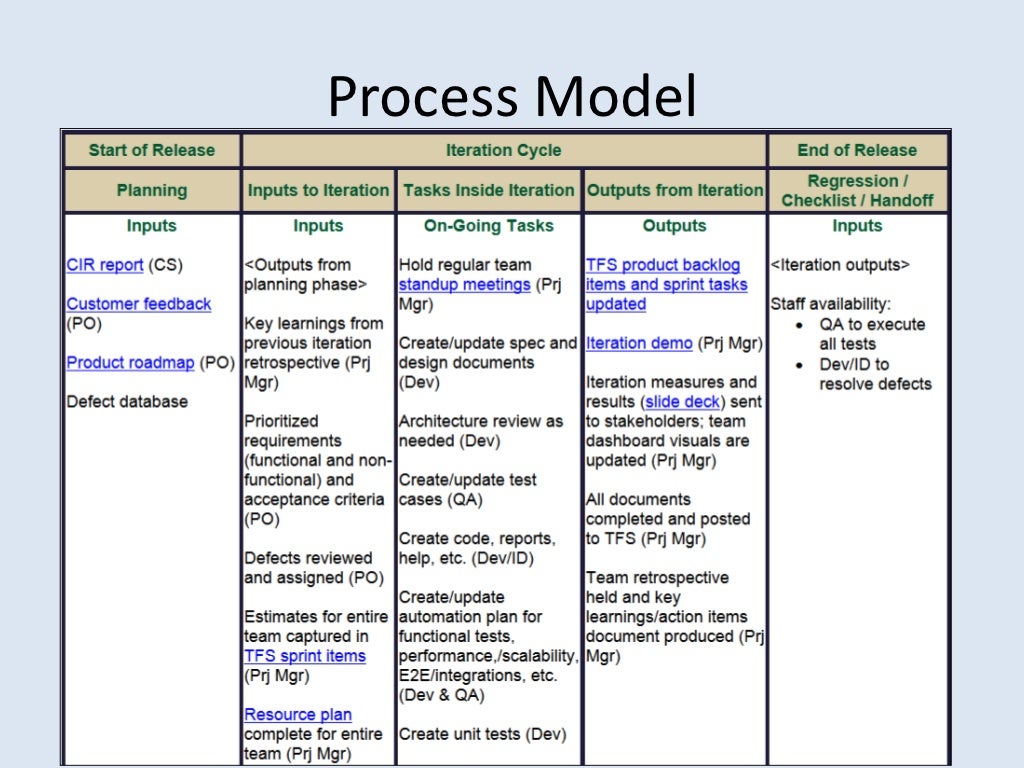
Business processes are thereby shown as an outcome of events and functions. For those involved in a process, a simplified view of their task is then created on the process.ĭeveloped in 1991, this method is, like UML, a graphical modelling language for describing processes.

The key filed process descriptions must all be made accessible to those for whom these processes have relevance. Preferrably, both should be able to be shown within a system.Īll of a company?s relevant business processes are described and filed along with performance data. Therefore, the goal of modelling is, on the one hand, to model the business (operational) processes and to refine step by step according to the specifications of the IT systems. The changing of business processes as well as adapting the IT infrastructure behind them has become one of the major challanges of our day and age.

Business processes today are expected to react quickly to market shifts and, when possible, to adapt to new environments. Lately, however, the documentation alone is no longer enough. In the past, the description of business processes has been one of the central tasks within a company. Both methods have their strengths and weaknesses which will be explored more in detail below.

The two most important are certainly UML 2 and the "Event-Driven Process Chains" (EPC) method. There are various approaches and methods to modelling business processes (BPM).


 0 kommentar(er)
0 kommentar(er)
